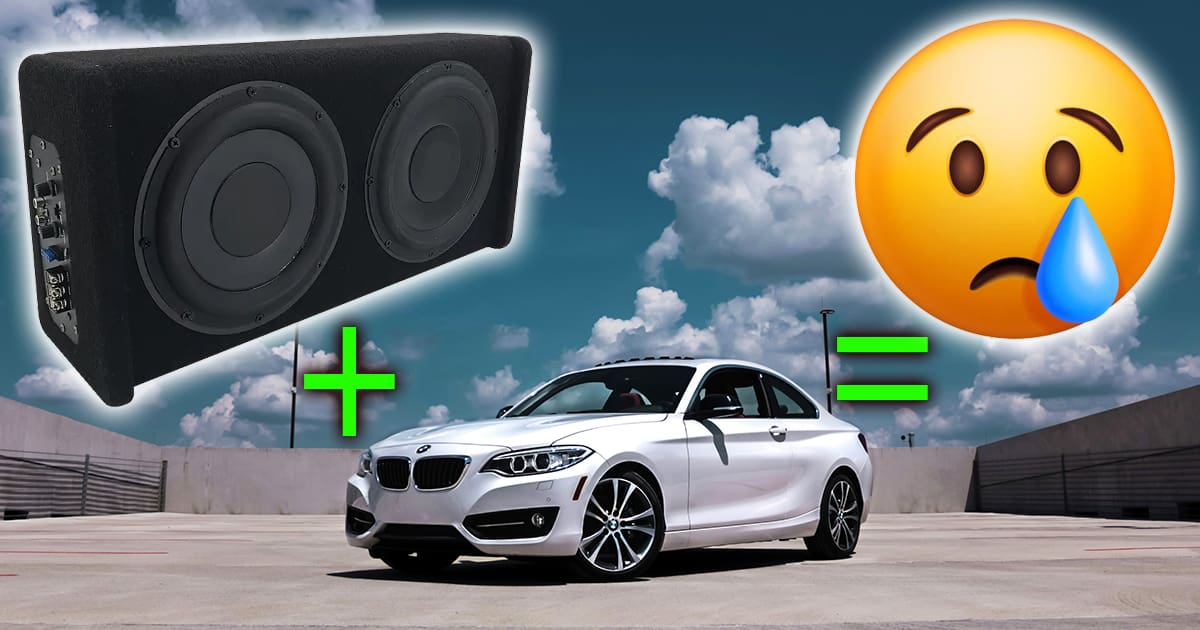If you read our recent Sound Check article on the 2023 Cadillac CT5-V Blackwing, you know that a subwoofer system upgrade is a great way to improve a factory-installed stereo system. Dozens of car audio companies offer subwoofer solutions explicitly designed to work with factory-installed radios and amplifiers. That said, the upgrade process isn’t always straightforward in modern vehicles. Let’s dig into some considerations and options.
Why Do You Need a Subwoofer Upgrade?
Even the best factory-installed car audio systems have limitations. Often, the vehicle manufacturer doesn’t want to add the weight of a high-power subwoofer or isn’t willing to compromise storage space. In other instances, the sheer cost of a good subwoofer and amplifier would affect the bottom-line price of the vehicle too significantly. These are common reasons you don’t see large subwoofers and huge amplifiers in factory-installed audio systems.
We’ve started a series of articles offering real-world detailed reviews of audio systems. From our experience, even the fancier systems have difficulty reproducing audio information below about 35 Hz. While not all music has information that low, a lot does. Being able to feel that rumble transforms the listening experience.
Another consideration is sheer output. While many factory audio systems do have subwoofers, they are rarely, if ever, designed to produce extreme volume levels into the 130+ dB SPL range. If you want to turn up the bass and crank the volume, you will need more power and a subwoofer or multiple subwoofers with adequate excursion capabilities.
Factory Stereo Subwoofer Upgrade Options
There are three approaches to upgrading the subwoofer in an otherwise stock audio system. If there’s no subwoofer at all, then one of the slim under-seat amplified subwoofer solutions will add some warmth to the sound. These are better for sound systems that aren’t intended to play at extreme volume levels but need a little extra kick or punch to make them fun.
These systems typically use low-profile 8-inch subwoofers in a thin enclosure. They have a built-in amplifier capable of delivering up to 150 or 200 watts of power.
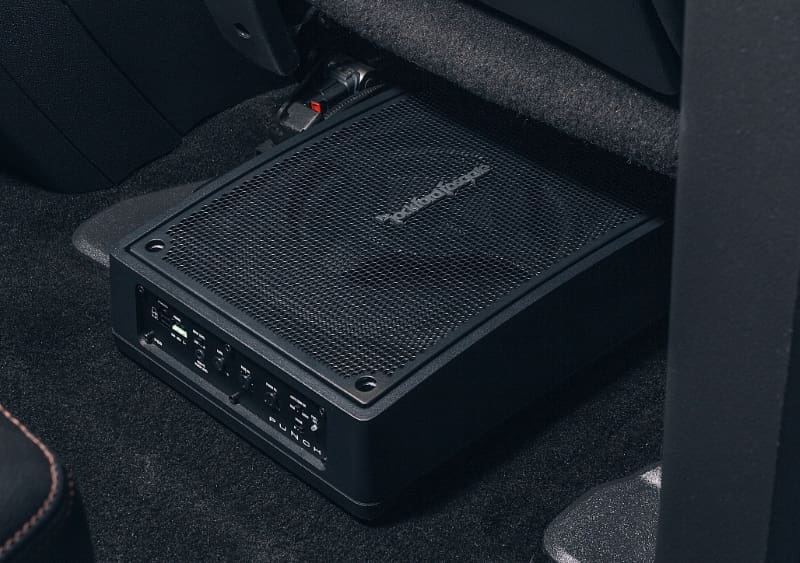
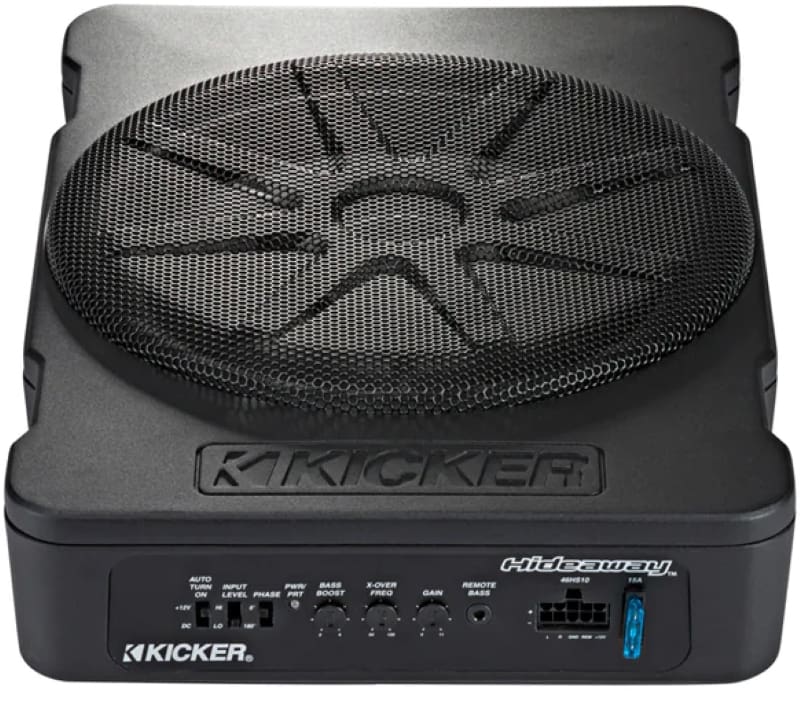
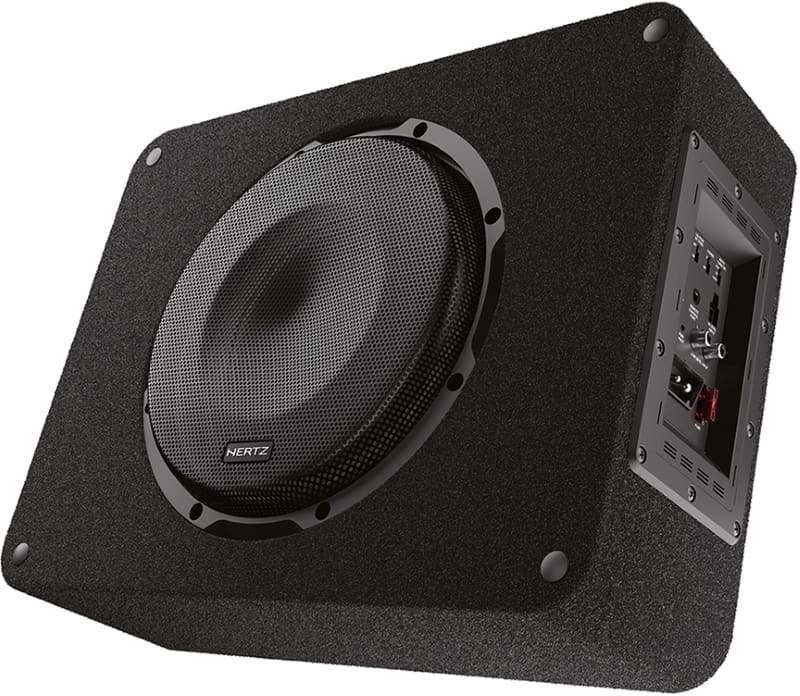
As more space becomes available, so do the options for upgrades. Space for a subwoofer enclosure is, in essence, proportional to its output capabilities. An 8-inch subwoofer in a sealed enclosure isn’t going to produce the same maximum output as a 12-inch subwoofer in a vented enclosure. Of course, the enclosure for the 12 will be physically four to six times larger.
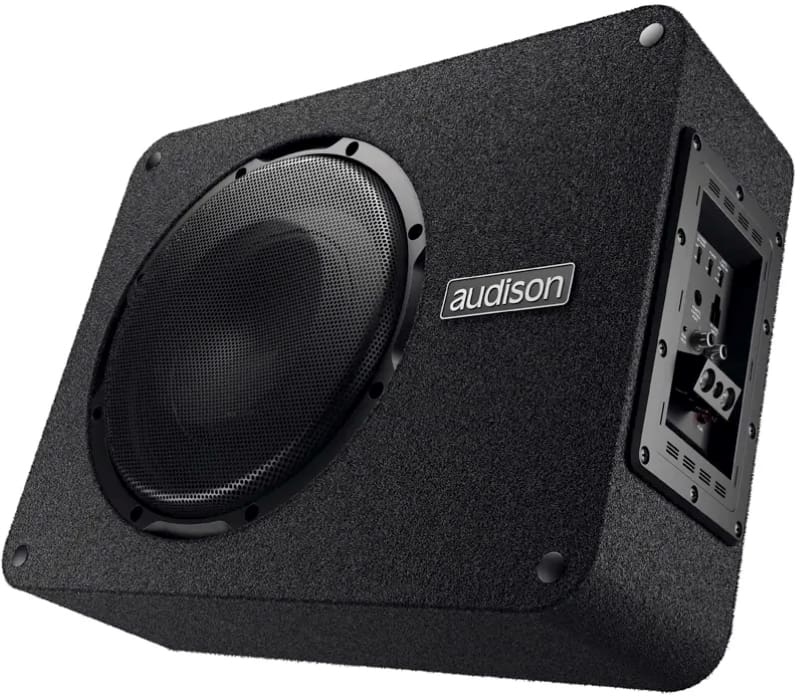
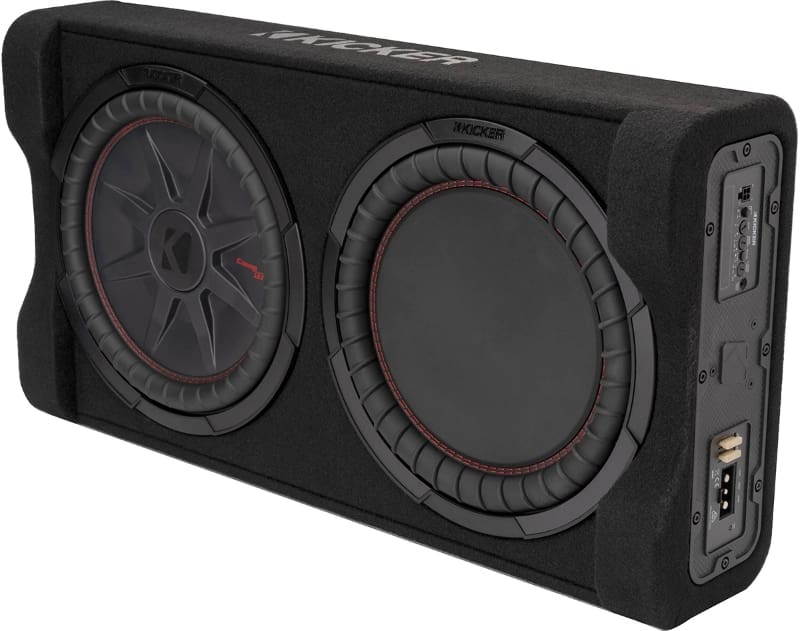
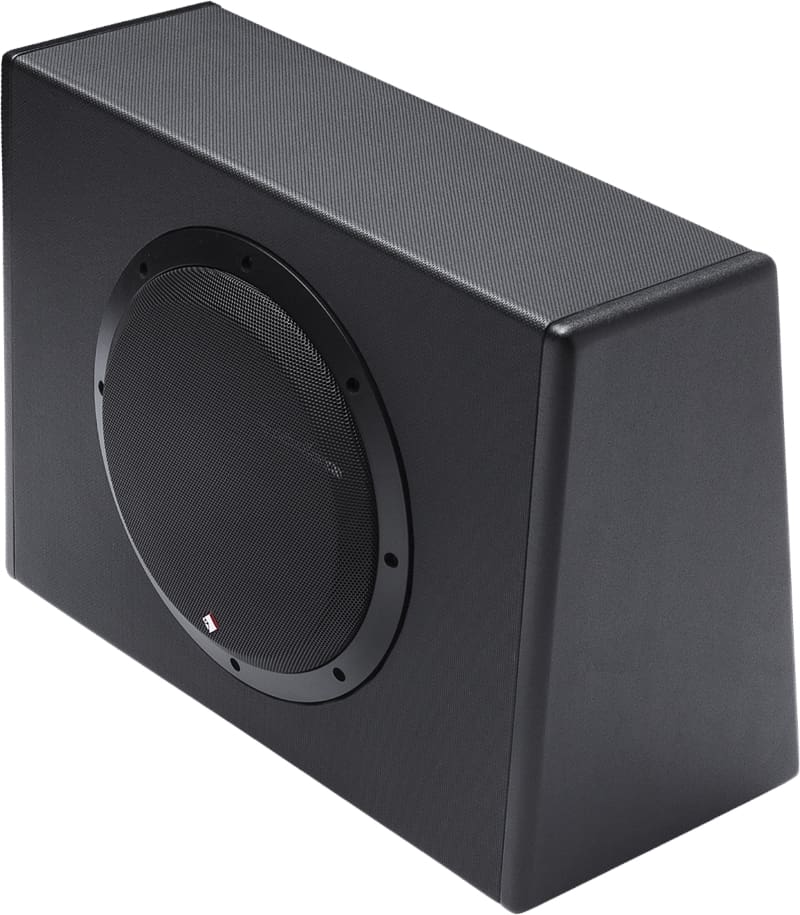
Dedicated Amplifier and Subwoofer Upgrades
The second option is to use a subwoofer enclosure and a separate amplifier. It seems like there’s an infinite number of combinations of enclosures and amplifiers in this category of upgrades. You can choose the size and design of the enclosure and select an amplifier that delivers an appropriate amount of power to get the most without overpowering anything.
Remember that your vehicle’s electrical system isn’t unlimited in its ability to provide power. The newer the vehicle is, the more likely it is to have less reserve capacity to drive a high-power amplifier. You’ll want to look for amplification solutions that are as efficient as possible while offering good quality, proven reliability and desirable features. This article looks at some of the steps top amplifier manufacturers put into ensuring that what they deliver sounds excellent and performs as expected.
If you’re choosing an amplifier to connect to a factory-installed audio system, you’ll want to verify that it can integrate properly without additional hardware. The amp should have speaker-level inputs that can accept signals from a factory radio. The amp should have some signal sensing or DC offset detection circuitry to turn itself on when the radio turns on. You may also want to choose an amp with provisions for a remote level control to adjust the bass quickly and easily from the listening position.
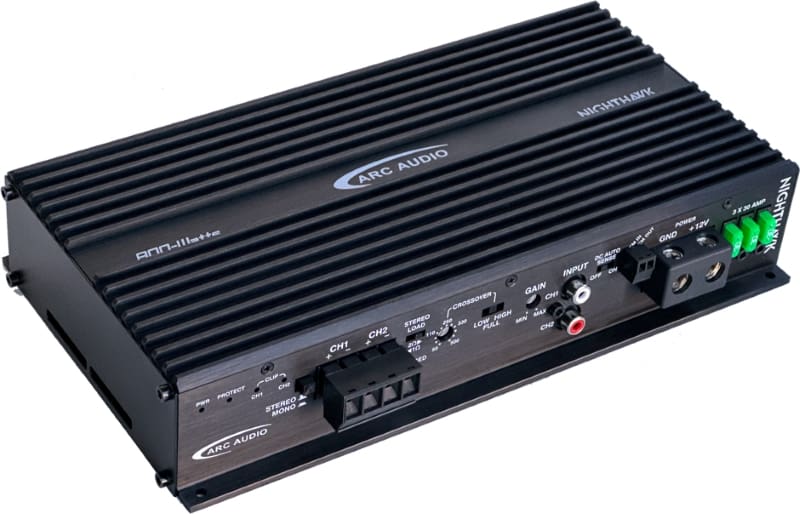
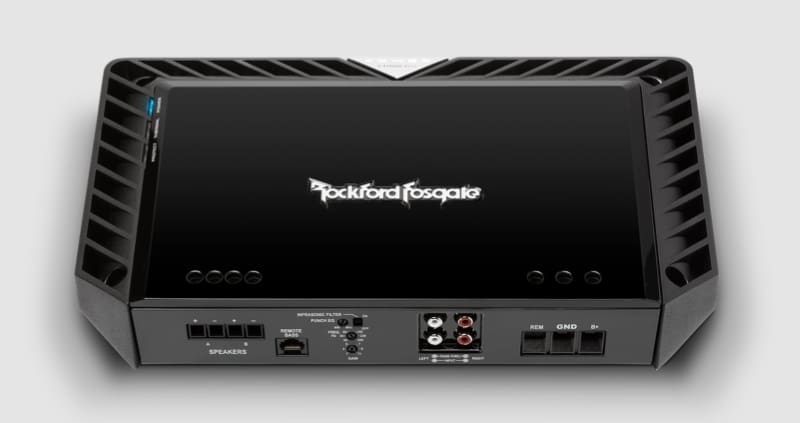
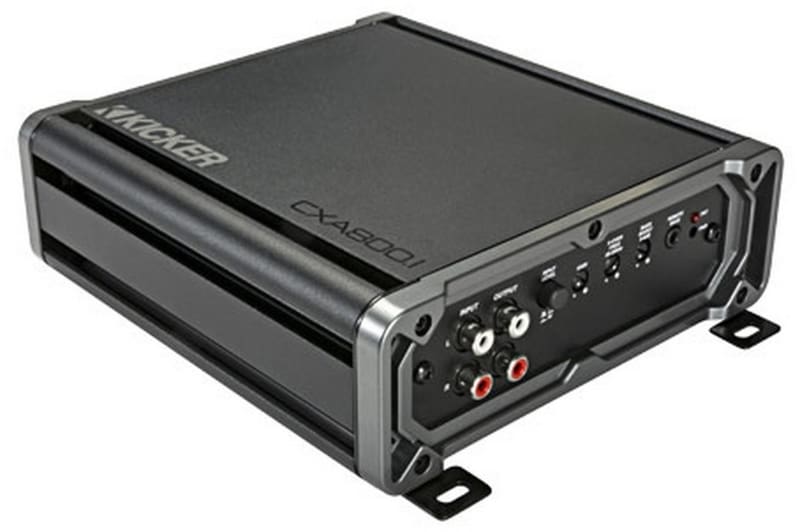
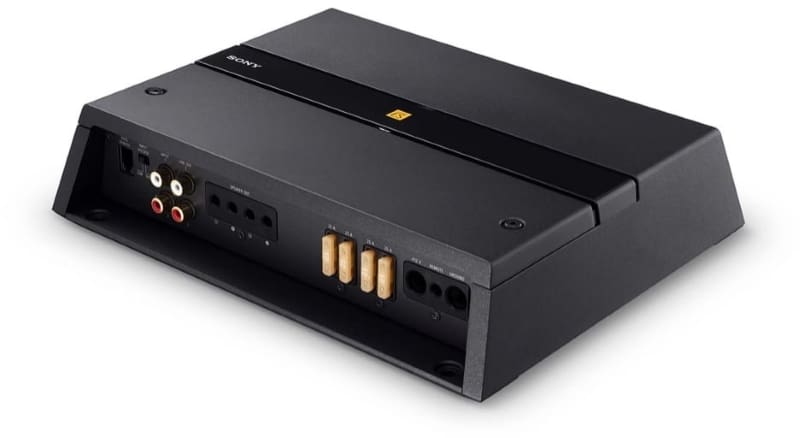
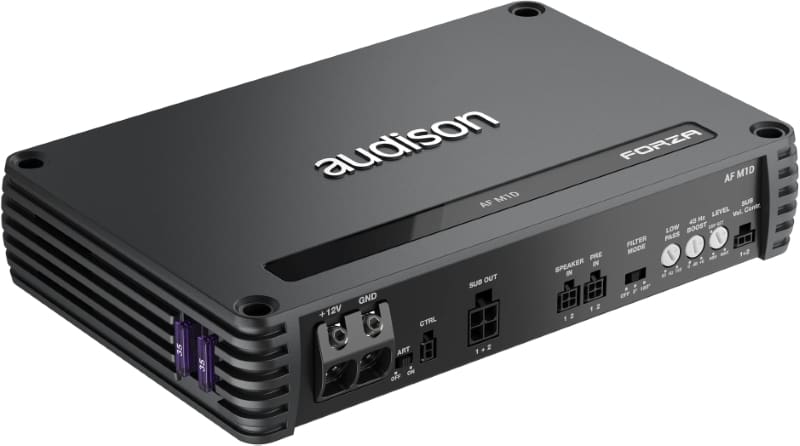
Regarding the subwoofer enclosure, the options are as diverse as the amplifiers. Slim enclosures might fit under or behind the seat in a pickup truck or lay flat on the floor of a sedan or SUV. More conventional enclosures are available with full-depth drivers in sizes from 6.5 up to 12 or even 15 inches. The limit is just the space you have available and how much of it you’re willing to dedicate to a subwoofer.
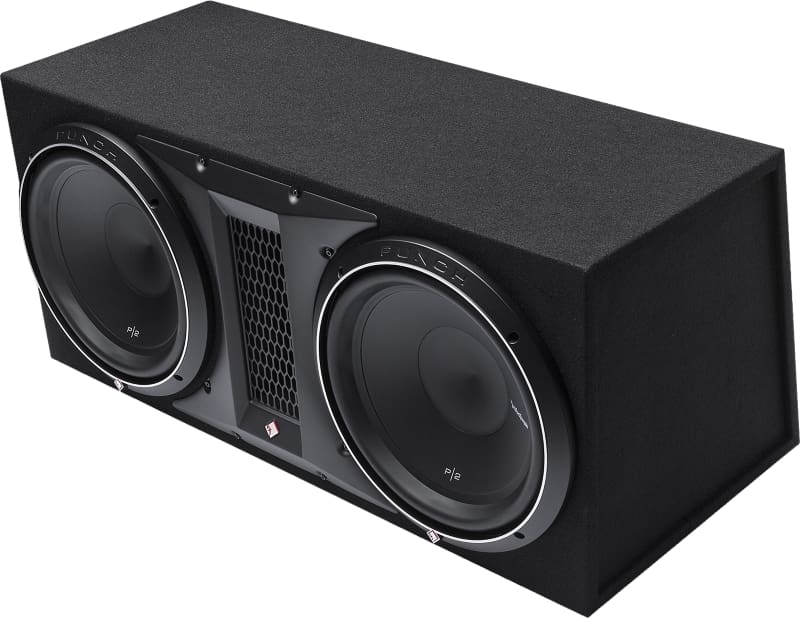
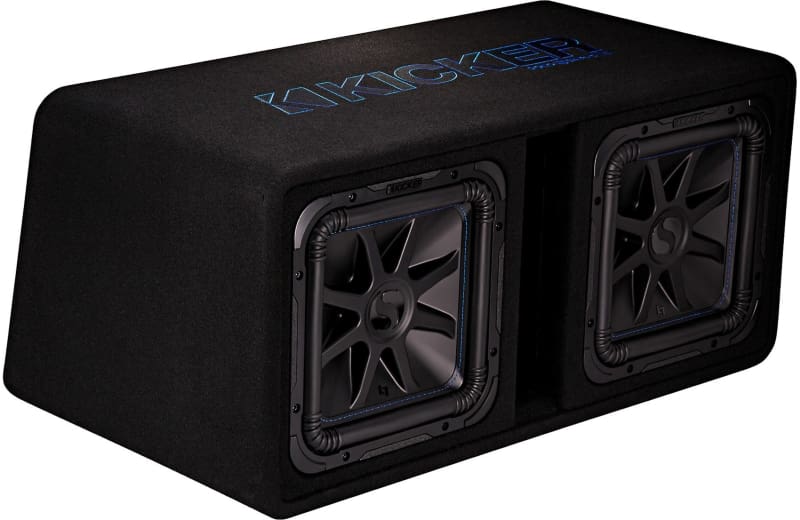
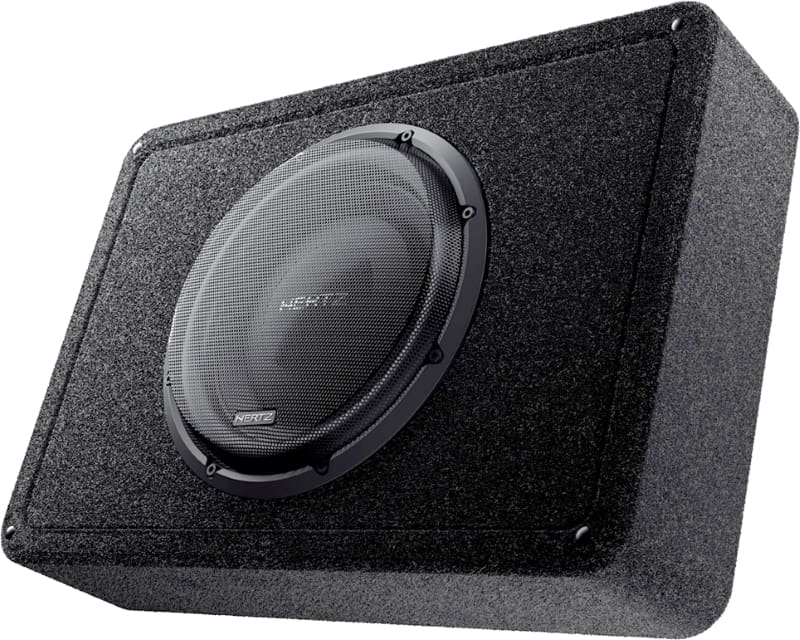
Another and perhaps better option is to have the shop you are dealing with construct a custom subwoofer enclosure specific to your vehicle. The benefit of this approach over a universal enclosure is that the design should be optimized for the space in your vehicle. It could be a simple rectangular or wedge-shaped enclosure in the cargo area. Alternatively, you might want a fiberglass or stack-fab enclosure that fits in the corner of the vehicle or the spare tire well.
Here, you’ll want to choose the ideal subwoofer based on the available space. You aren’t going to get good bass from a 12-inch subwoofer crammed into a 0.5-cubic-foot enclosure. Have the shop design the enclosure and calculate the available volume. From there, they can simulate the frequency response of different subwoofers they offer. You can choose from drivers with additional features that reduce distortion to optimize the system’s quality.
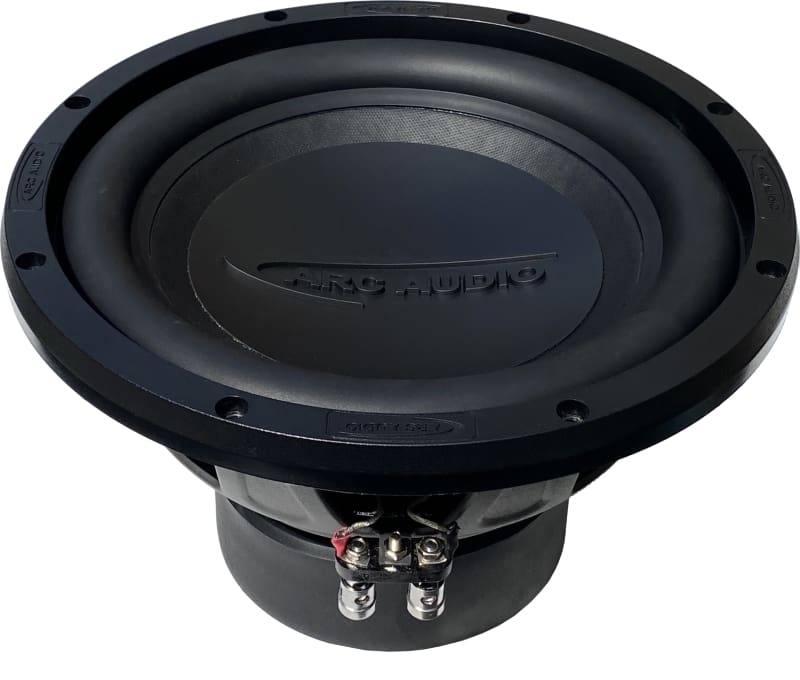
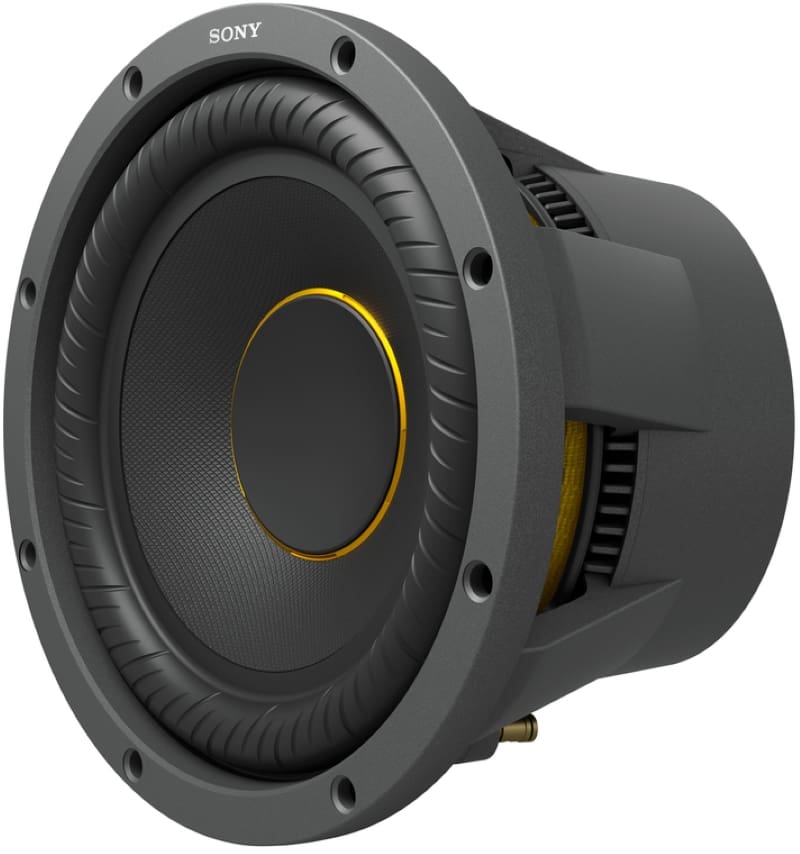
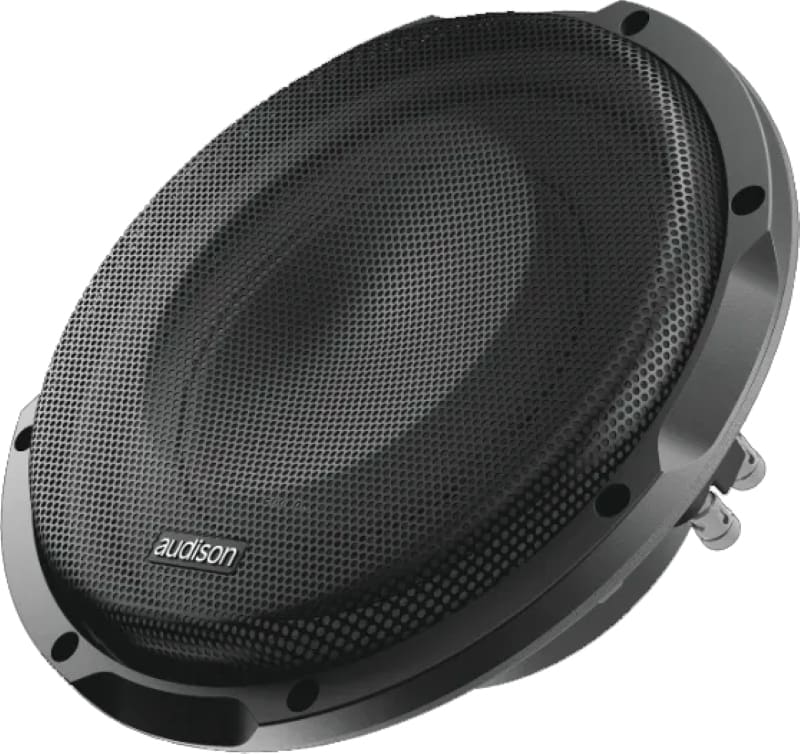
Subwoofer Upgrades Without Testing
One significant issue with adding a subwoofer to a factory-installed stereo is that these systems, especially in modern vehicles, can be highly complicated. At the minimum, most of these systems include signal delays and equalization optimized for the factory-installed speakers or subwoofers in their OE locations. Often, attempting to use these signals without having electrical measurements made leads to unsatisfactory results. Assuming that a signal going to door speakers or a subwoofer will work is a recipe for disappointment and frustration.
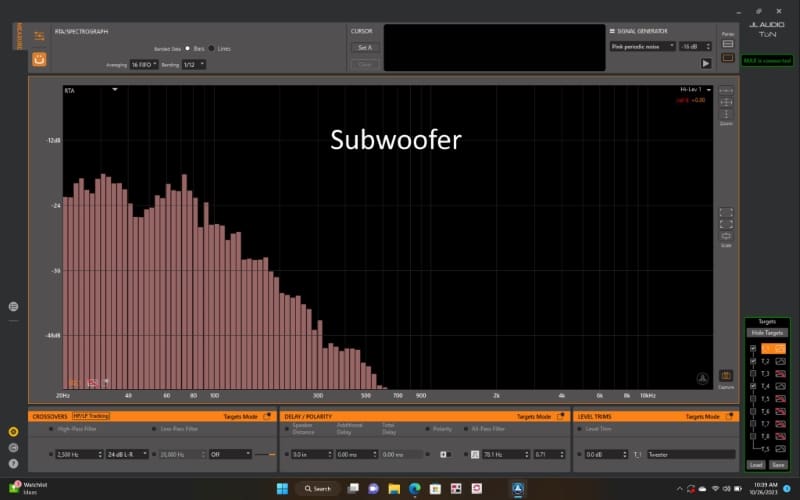
If you look at the image above, you can see that the factory-installed amplifier in this Kia SUV has a fairly significant cut in the signal to the subwoofer centered at just above 45 hertz. While this might work for the OE sub, it would detract from the impact an aftermarket subwoofer system would provide.
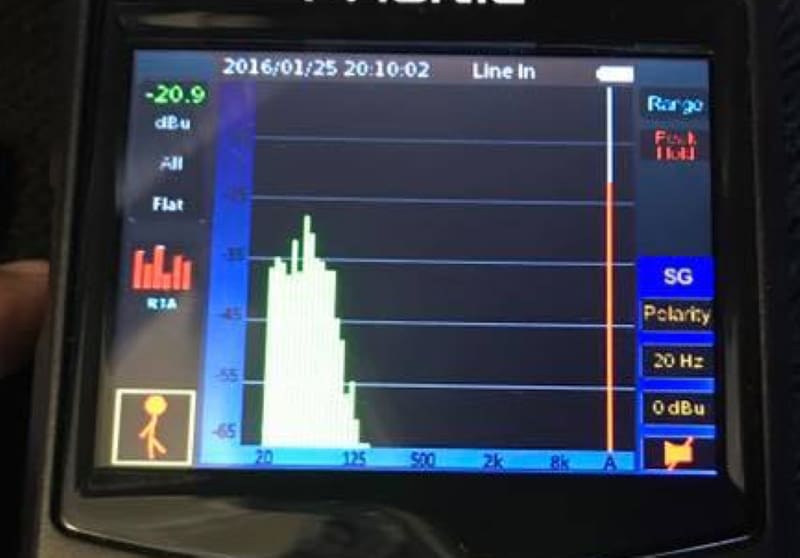
Here’s another measurement. In this example, there is a peak in the response up around 100 hertz, and the signal is down by more than 10 dB by 20 hertz. The crossover point is also much higher than the signal in the Kia. If your installer used this signal, a vented enclosure wouldn’t produce the rumble you’d expect.
So, what’s the solution? If you intend to add a subwoofer to your vehicle, a trained technician should analyze the audio signals to each speaker. Hopefully, they can pick the best location to get a signal using that information.
Another option is to see whether an interface is available that can extract a full-bandwidth audio signal from the stereo system. Companies like PAC have dedicated solutions that work with Chrysler, Ram, Jeep, Dodge, Ford and General Motors vehicles to make adding a subwoofer predictable and reliable.
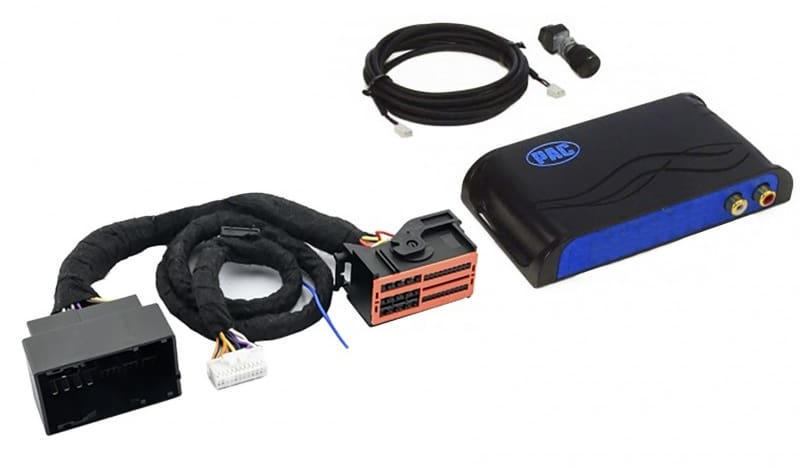
We’ll reiterate that guessing whether or not the signal going to a door speaker or factory subwoofer has all the information needed for an aftermarket subwoofer is likely to result in disappointment.
Upgrade Your Factory Stereo with a Subwoofer
Whether you have a base-model radio and speakers or a multi-channel audio system with an upmixer, adding a high-quality subwoofer can transform your driving experience into something magical. Drop by a local expert mobile enhancement retailer today to learn about the options to dramatically improve your car’s stereo sound.
